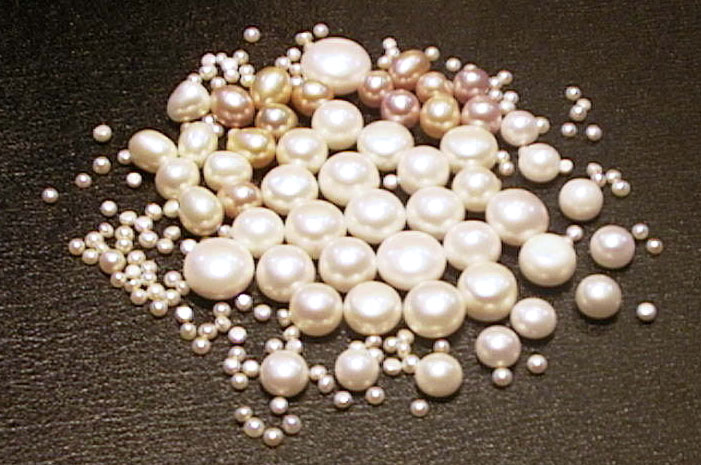In Greek mythology, pearls were tears of joy that Aphrodite, the Goddess of Love, shed when she was born from sea froth. Persian mythology gives us the same belief that pearls are hardened tears. Ancient Chinese mythology gives a grimmer origin to pearls: they believed they came from inside the brains of dragons.
To Muslims the pearl is one of the rewards to be found in the afterlife. It symbolizes absolute perfection in Islamic tradition. In some early Arabian legends pearls are hardened moon drops, and the oysters that give birth to the pearls were lured to the sea by the moon itself.
It is said that to give a pearl to a child born in June will ensure they have a long life.
Wearing pearls is sometimes said to cure madness, and also help to treat jaundice, and snake and insect bites. Pearls are also thought to cure depression in women – maybe because receiving pearls is sure to make most women happy. But be careful — not only are pearls said to have aphrodisiac properties, but placing a pearl under one’s pillow and sleeping on it may cause couples to conceive.
Pearls should only be purchased for someone else because wearing pearls you purchased yourself is considered unwise and unlucky. But even if they are a gift, a bride should never wear pearls as a woman will shed a tear for every pearl that she wears on her wedding day.
Furthermore, be warned, gentlemen: a pearl given to a woman by her lover or husband will loose its luster if the man is unfaithful!

